- About us
- Support the Gallery
- Venue hire
- Publications
- Research library
- Organisation chart
- Employment
- Contact us
- Make a booking
- Onsite programs
- Online programs
- School visit information
- Learning resources
- Little Darlings
- Professional learning
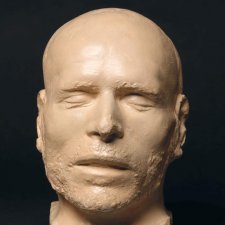
From infamous bushranger to oyster shop display, curator Jo Gilmour explores the life of George Melville.
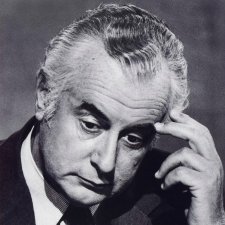
On the day before the Hon. E. G. Whitlam, AC, QC, died last month, at the great age of 98, there were seven former prime ministers of Australia still living, plus the incumbent Mr. Abbott – eight in all.
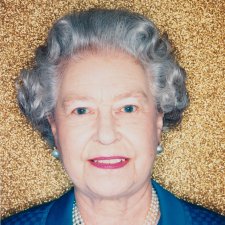
Queen Elizabeth II is now the longest-reigning British sovereign
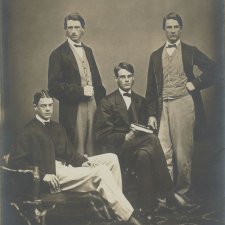
Bushranger Ben Hall and his cronies held around 40 people hostage in a pub north-west of Goulburn, telling their captives ‘don’t be alarmed; we only came here for a bit of fun’.
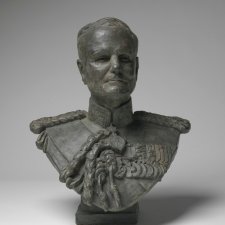
Just now we pause to mark the centenary of ANZAC, the day when, together with British, other imperial and allied forces, the Australian and New Zealand Army Corps landed at Gallipoli at the start of the ill-starred Dardanelles campaign.
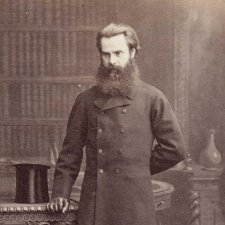
Desperately seeking Woolner medallions
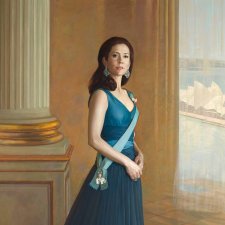
The Chairman, Board, Director and all the staff of the National Portrait Gallery mourn the loss of our Benefactor, Mary Isabel Murphy.
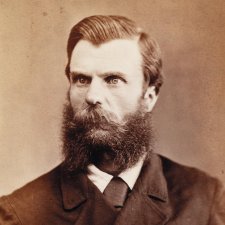
Just after 10.00 o'clock on 3 December 1879, four prisoners were brought from their cells at Darlinghurst Gaol and placed in the dock of a courtroom heaving with agitated spectators
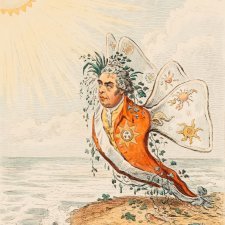
The caricaturist and engraver James Gillray's biting satires about Sir Joseph Banks.

Tennyson's Enoch Arden was inspired by a story that Thomas Woolner passed on to him – but whose story and of whom?

"Coo-ey, Coo-ey, Coo-ey, Coo-ey—Love has caught the strain, Coo-ey, Coo-ey, Coo-ey, Coo-ey—it whispers back again." The “Australian lady” who composed these fruity lyrics was none other than Desda— Jane Davies, sometime Messiter (née Price) of Leddicott, Lavender Bay.
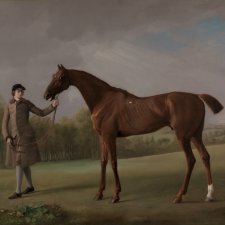
One of the chief aims of George Stubbs, 1724–1806, the late Judy Egerton’s great 1984–85 exhibition at the Tate Gallery was to provide an eloquent rebuttal to Josiah Wedgwood’s famous remark of 1780: “Noboby suspects Mr Stubs [sic] of painting anything but horses & lions, or dogs & tigers.”
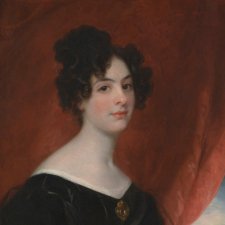
When did notions of very fine and very like become separate qualities of a portrait? And what happens to 'very like' in the age of photographic portraiture?
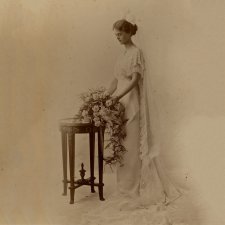
Where do we draw a line between the personal and the historical? Although she died in Melbourne in 1975, when I was not quite eleven years old, I have the vividest memories of my maternal grandmother Helen Borthwick.
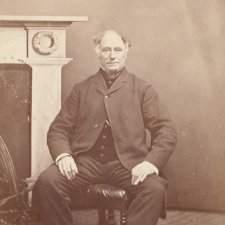
To celebrate his family bicentenary, Malcolm Robertson looks at the portraiture legacy left by his ancestors.
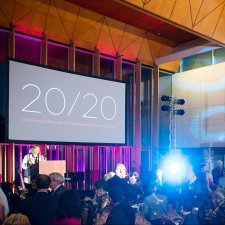
Dr Helen Nugent AO, Chairman, National Portrait Gallery at the opening of 20/20: Celebrating twenty years with twenty new portrait commissions.
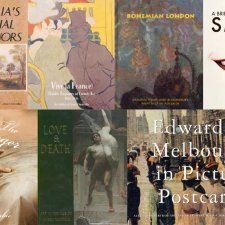
The first index I created was for my first book, and, to my astonishment, that was almost twenty-five years ago.
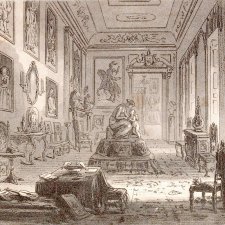
It may seem an odd thing to do at one’s leisure on a beautiful tropical island, but I spent much of my midwinter break a few weeks ago re-reading Bleak House.
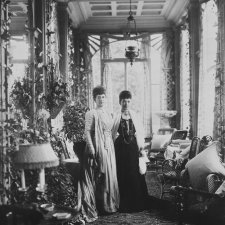
In 1904, the Dowager Empress Marie Feodorovna of Russia purchased as a gift for her sister, Queen Alexandra, a fan composed of two-color gold, guilloché enamel, mother-of-pearl, blond tortoiseshell, gold sequins, silk, cabochon rubies, and rose diamonds from the House of Fabergé in Saint Petersburg.
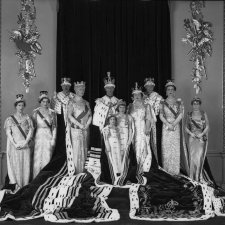
I keep going back to Cartier: The Exhibition at the National Gallery of Australia next door, and, within the exhibition, to Princess Marie Louise’s diamond, pearl and sapphire Indian tiara (1923), surely one of the most superb head ornaments ever conceived.
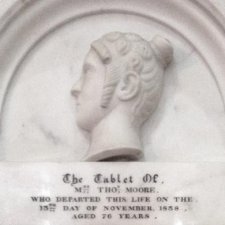
Beyond the centenary of the ANZAC landings at Gallipoli, a number of other notable anniversaries converge this year. Waterloo deserves a little focussed consideration, for in the decades following 1815 numerous Waterloo and Peninsular War veterans came to Australia.
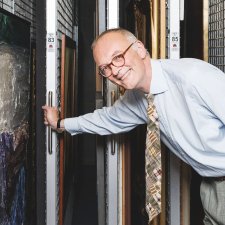
This is my last Trumbology before, in a little more than a week from now, I pass to my successor Karen Quinlan the precious baton of the Directorship of the National Portrait Gallery.
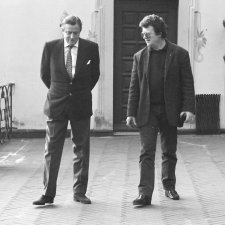
Books seldom make me angry but this one did. At first, I was powerfully struck by the uncanny parallels that existed between the Mellons of Pittsburgh and the Thyssens of the Ruhr through the same period, essentially the last quarter of the nineteenth century.
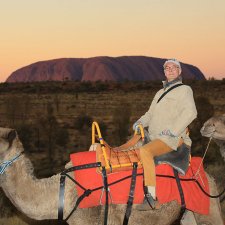
Angus' initial perception of Uluru shifts, as he comes to see it as central to the entire order of Anangu life.
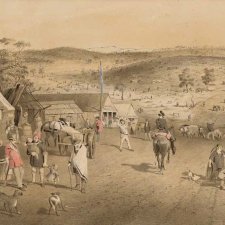
Some years ago my colleague Andrea Wolk Rager and I spent several days in the darkened basement of a Rothschild Bank, inspecting every one of the nearly 700 autochromes created immediately before World War I by the youthful Lionel de Rothschild.